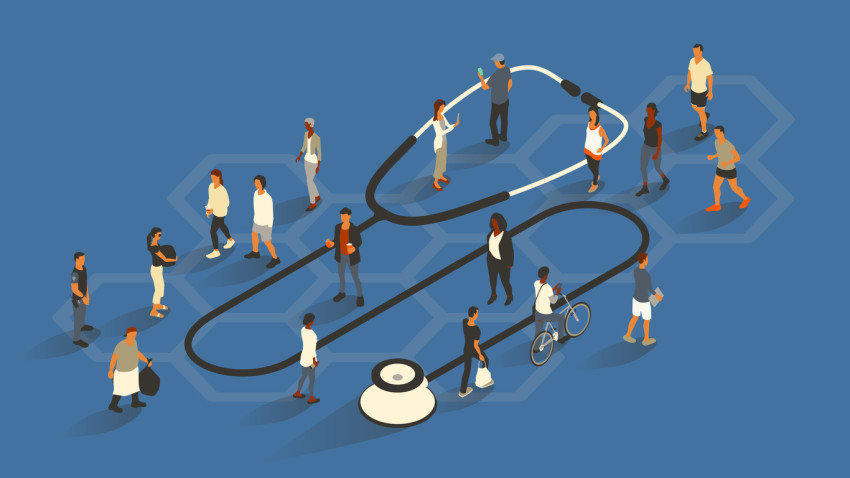Many of today’s public health issues – diabetes, cancer, obesity, cardiovascular disease – are strongly associated with social inequalities. Literature from across the world shows that gaps in income, employment, education and access to acute and preventative health care worsen health outcomes for disadvantaged populations. When the inequalities are avoidable and based on unjust distributions of resources, for example, it then becomes an issue of health inequity.
This means that public health professionals must address the factors that people are born into – where they grow, live and work – at a population level to alleviate health inequities. The World Health Organization points out that these conditions are “shaped by the distribution of money, power and resources at global, national and local levels.” Research in action Increasingly, researchers are looking at ways to implement and measure programs to reduce health inequities.
This is the goal of what the WHO calls the “third wave” of health inequity research. To understand health inequities, first we need to know what they are. Around the world, public health agencies monitor health inequality trends, provide the basis of understanding which inequalities are equity issues, and create evidence for policy approaches to improve health for entire communities.
The U.S. Centers for Disease Control and Prevention (CDC) integrates public health and census data and it publishes a yearly health inequality report.
.


















